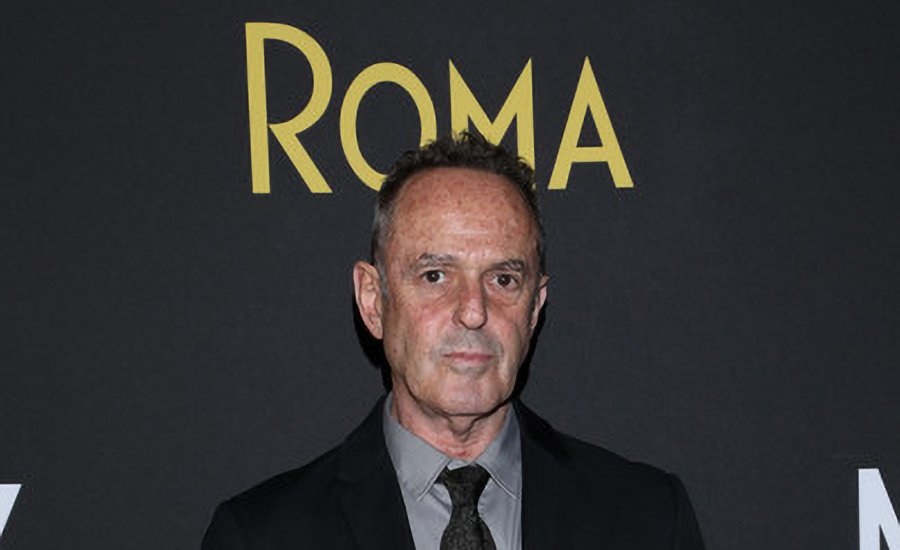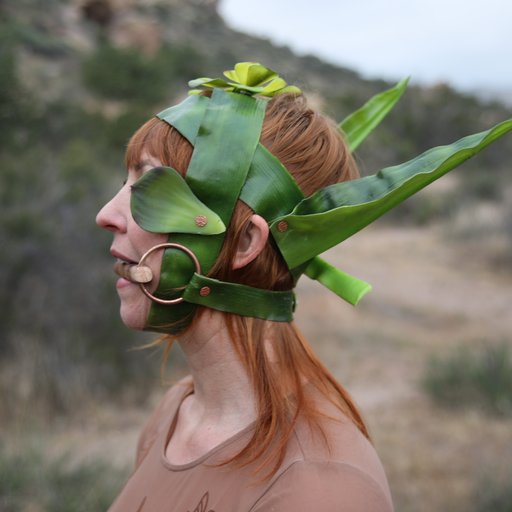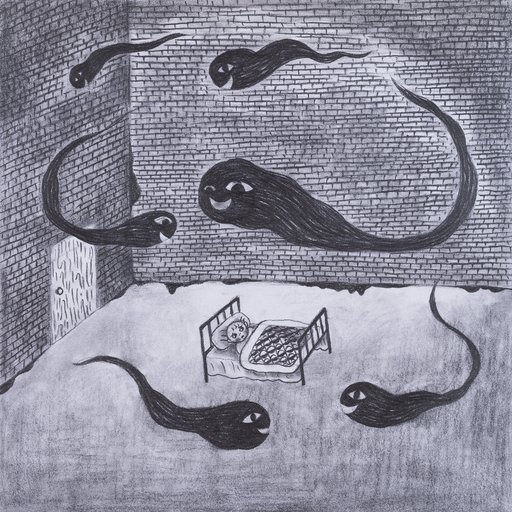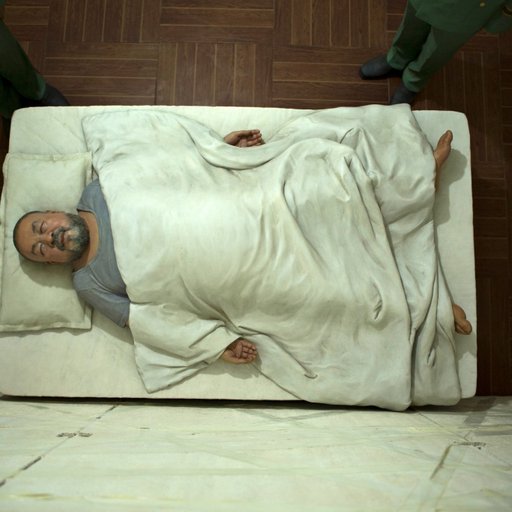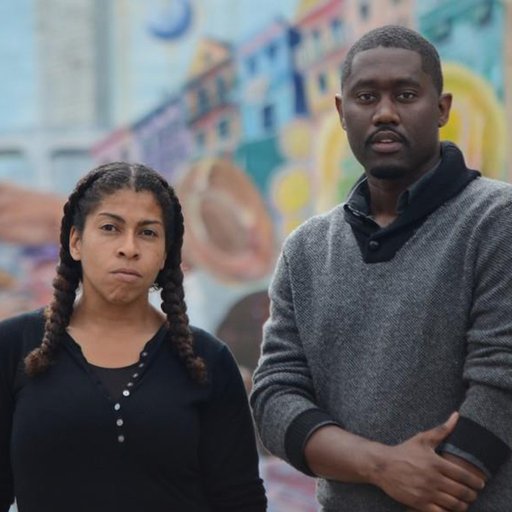Whether you've seen Roma (2018) or not, you've definitely heard about it. After winning the Golden Lion when it premiered at the 75th Venice International Film Festival, the film went on to receive 10 nominations at the Academy awards, making it tied with Crouching Tiger, Hidden Dragon (2000) as the most nominated foreign film, ever. Alfonso Cuarón, the director, won Best Director and Best Cinematography (he was the first director to win Best Cinematography for their own film) and Roma became the first Mexican entry to win Best Foreign Language Film. Not enough for you? Roma also won Best Director and Best Foreign Language Film at the Golden Globes. I could go on.
Set in 1970 and '71, the story takes place in the Mexico City neighborhood of Colonia Roma against the backdrop of the so-called Mexican Dirty War, an internal conflict between left-winged student and guerrilla groups and the U.S.-backed paramilitary. The plot follows an indigenous live-in maid named Cleo who works for an affluent family, and who negotiates her own unwanted pregnancy, and the class-rooted struggles that came along with it. The cinematography is slow, languid, and breathtaking. But film isn't the only form this story took.
During production, photographer Carlos Somonte documented the on-set action within the frame, telling the same story, in real time, within the medium of photography. Somonte had to think on his feet; Curón's unique directorial approach involved using actors with little experience, withholding the script from them until right before the shoot, and filming each scene chronologically. Everyone on set, including Samonte, was held in suspense, not knowing how the story would unfold before they themselves unfolded it.
This unusual combination of logistical constraints, along with Somonte's long-held friendship and working relationship with the director, resulted in a series of photographs that are unparalleled in the world of cinematic photography. Without context, the images might seem to have come from a seasoned documentary photographer in the '70s. Instead, they're staged within the fictitious narrative world created by Curarón and his team, offering a parallel narrative to Roma from, quite literally, a different perspective.
Somonte and Netflix teamed up the The Lapis Press to produce an edition of five photographs taken during the filming of Roma, and have pledged to donate profits to Center for Support and Training of Domestic Workers (CACEH), an organization based in Mexico.
Here, we speak with Somonte, who grew up in the Roma neighborhood in the '70s, about what it was like to document a narrative so close to his own, about shooting during live action filming, and about collaborating with the acclaimed Cuarón.
Can you describe your relationship with Alfonso Cuarón? How did you two meet?
My relationship with Alfonso goes back in time. We've known each other since the '70s. We worked together for the first time in the film industry around 1983, when we both participated in a Mexican film production. I was doing still photography and Alfonso was First Assistant Director. In those days, I reckon Alfonso was convinced that we both were on the right track; both of us in pursuit a career, Alfonso in film direction and me in still photography (and also our mutual friend Emmanuel Lubezki in cinematography). Since then, I've respected him profoundly. I remember Alfonso as someone unique, very difficult to define but definitely one of a kind. I think about myself as doing things more intuitively; I move more towards feelings than rationalized thoughts. Alfonso is a thinking meteorite, with the best of both worlds.
You grew up in Roma, where the film takes place. What was your experience like living there? Does your own personal story overlap at all with the narrative of Roma?
Growing up in la Roma was a gift, somehow... a middle-class neighborhood, politically active, with a cultural attitude, and with a scientific population as well as intellectual. La Roma held an important Jewish community, mixed with Spanish refugees, and Mexican intellectuals, all sharing in harmony green areas, parks, markets, and local businesses. At the same time, our neighborhood was dimensionally small in terms of American measures. It was complicated to introduce huge cars into these small spaces; this wasn't a problem in high-class neighborhoods such as Pedregal, Polanco, or Lomas where house dimensions where designed in the American way.
My family story shares everything with Roma. My parents, both working, made a huge effort to pay for the British Encyclopedia among many other educational publications during those years. I also share a reality of fathers having secret affairs, of pregnancy and abuse of the domestic labor workers; all of this used to be a common and frequent reality. Hard to deal with. Either the family was willing to admit and support the pregnancy and accept the newborn, or the story would end dramatically by firing the domestic help. It was always a huge issue.
The story of Roma was recorded simultaneously in two different mediums—film and photography. How do the two stories differ?
My endless recognition of Alfonso giving me creative license doesn’t start with Roma. This joint venture has a long story. Alfonso has given me outstanding opportunities to work differently than how a still photographer usually works. Actually, Alfonso had given me the space to introduce myself in the film industry as a particular photographer. Because of him I’ve been able to even change the credit of still photography to Special Photography. With Alfonso, I have been able to propose the key art image of the film with visual propositions constructed independently, not necessarily filmed. He has always agreed and has always given me this space. Such has happened in the key art of Y Tu Mama Tambien, in the original version as well as the Criterion Collection image. Also in Rudo Y Cursi were he was the producer with Iñarritu and Del Toro.
Now, regarding the particular Roma event: this has transcended all precedents in terms of giving unit photography such an outstanding space in cinema history. What happened here is a major event; it was not previously planned. It was never defined as a parallel way of telling the Roma story in a different medium, at least not for me.
What I know for sure is that I decided that with Roma I could perform a different way of recording the film, based on the liberty that Alfonso had given me in previous projects. I took advantage of his cinematographic approach, of not having a clue about the script, of filming chronologically, of having the opportunity to work with non-actors that allowed me to be right in there line of sight, and with the enormous possibility of having the chance to jump into the set.
This allowed me to shoot the same scene from different perspectives, angles, and points of view. This fact surprised us both. Suddenly unit photography was working with the story in a very different way. It enriched the story, it allowed it to be seen from diverse perspectives, and as we checked images day by day we were both impressed with the results.
[related-works-module]
RELATED ARTICLES:
A Review of the Reviews of "Velvet Buzzsaw," the Art World's Most Hated Horror Film
6 Reasons to Collect Jonas Mekas' Loving Tribute to New York City
"Spirited Away" and Political Protest: On Hayao Miyazaki, the World's Greatest Living Animator











